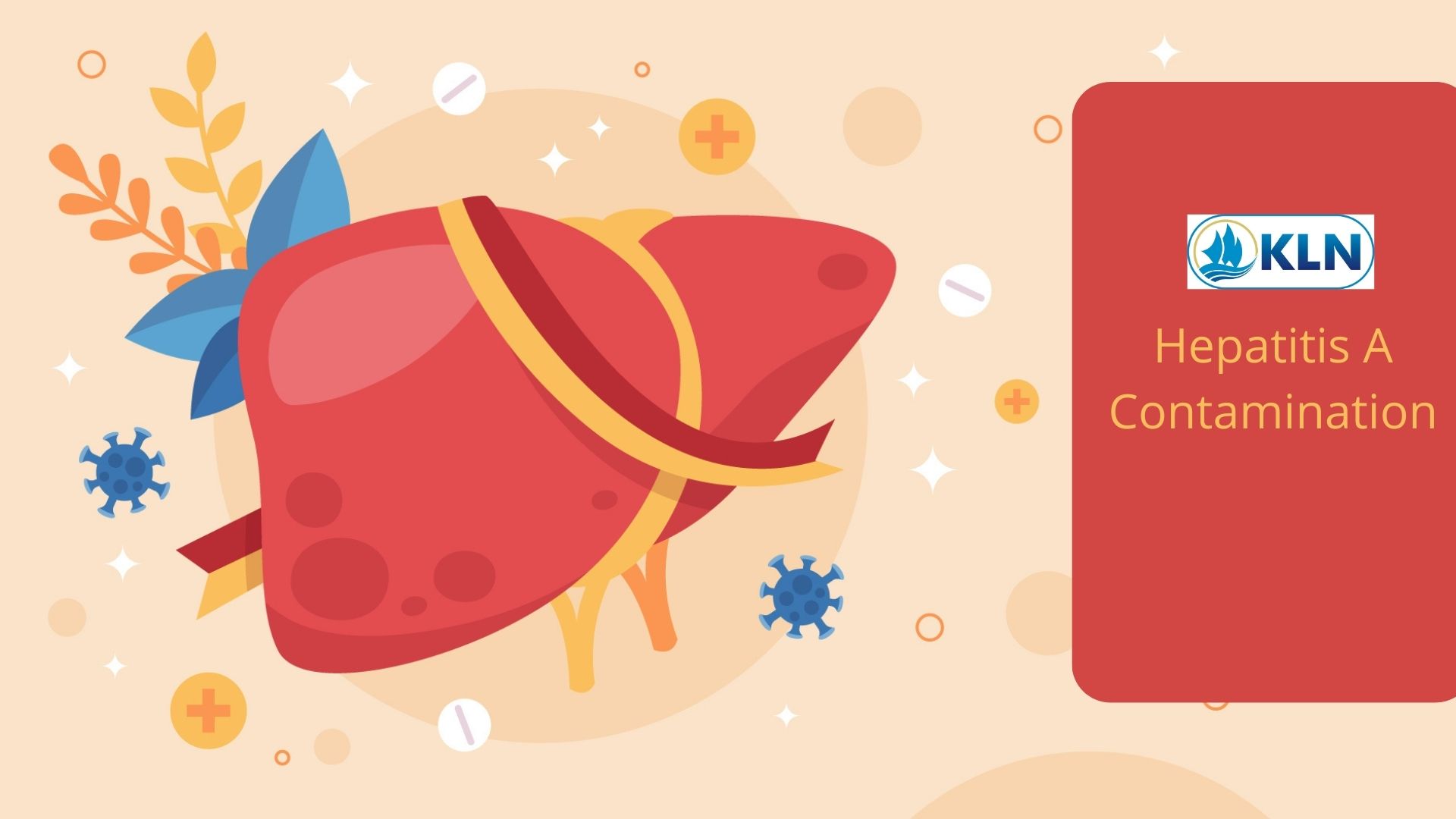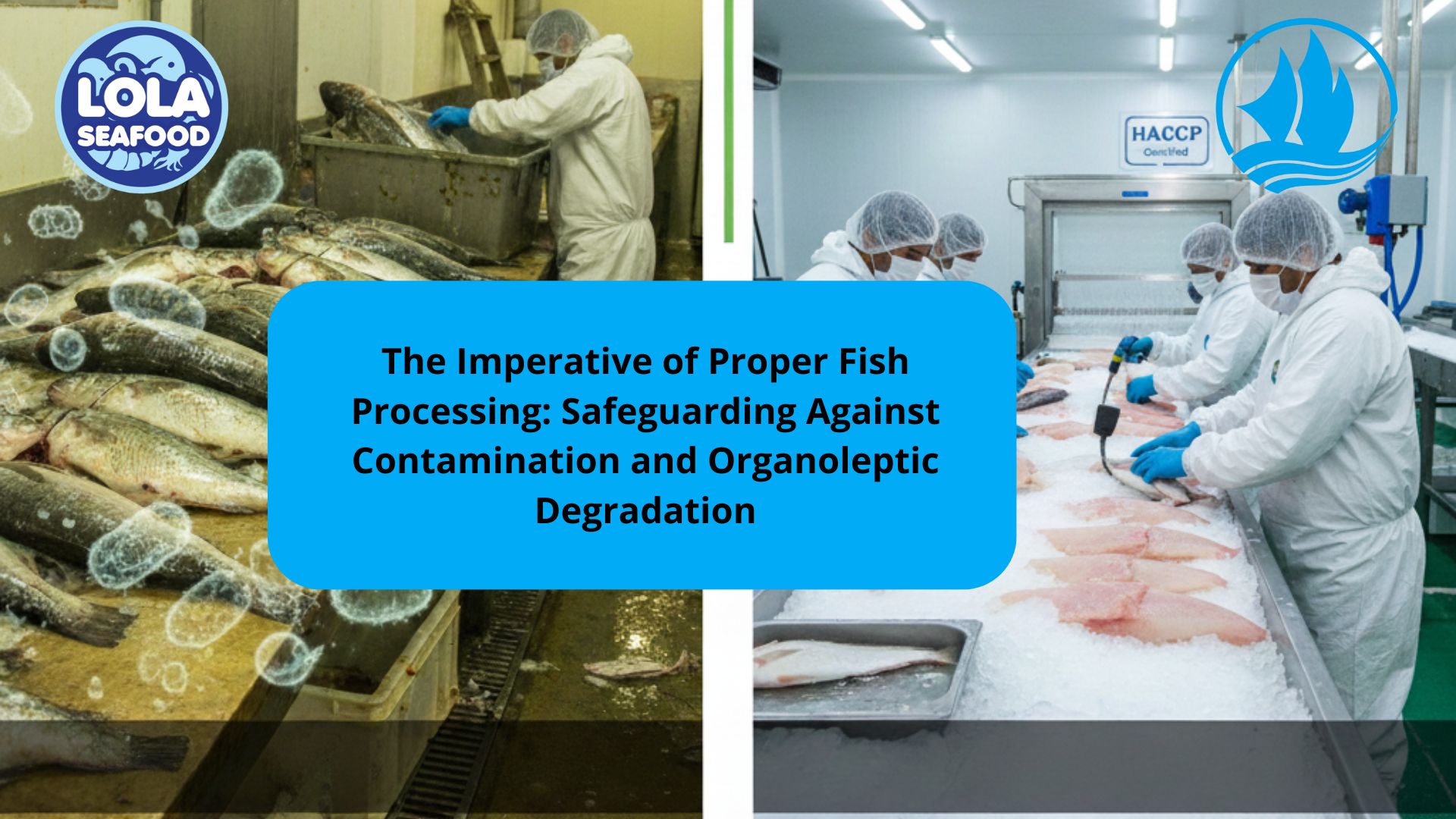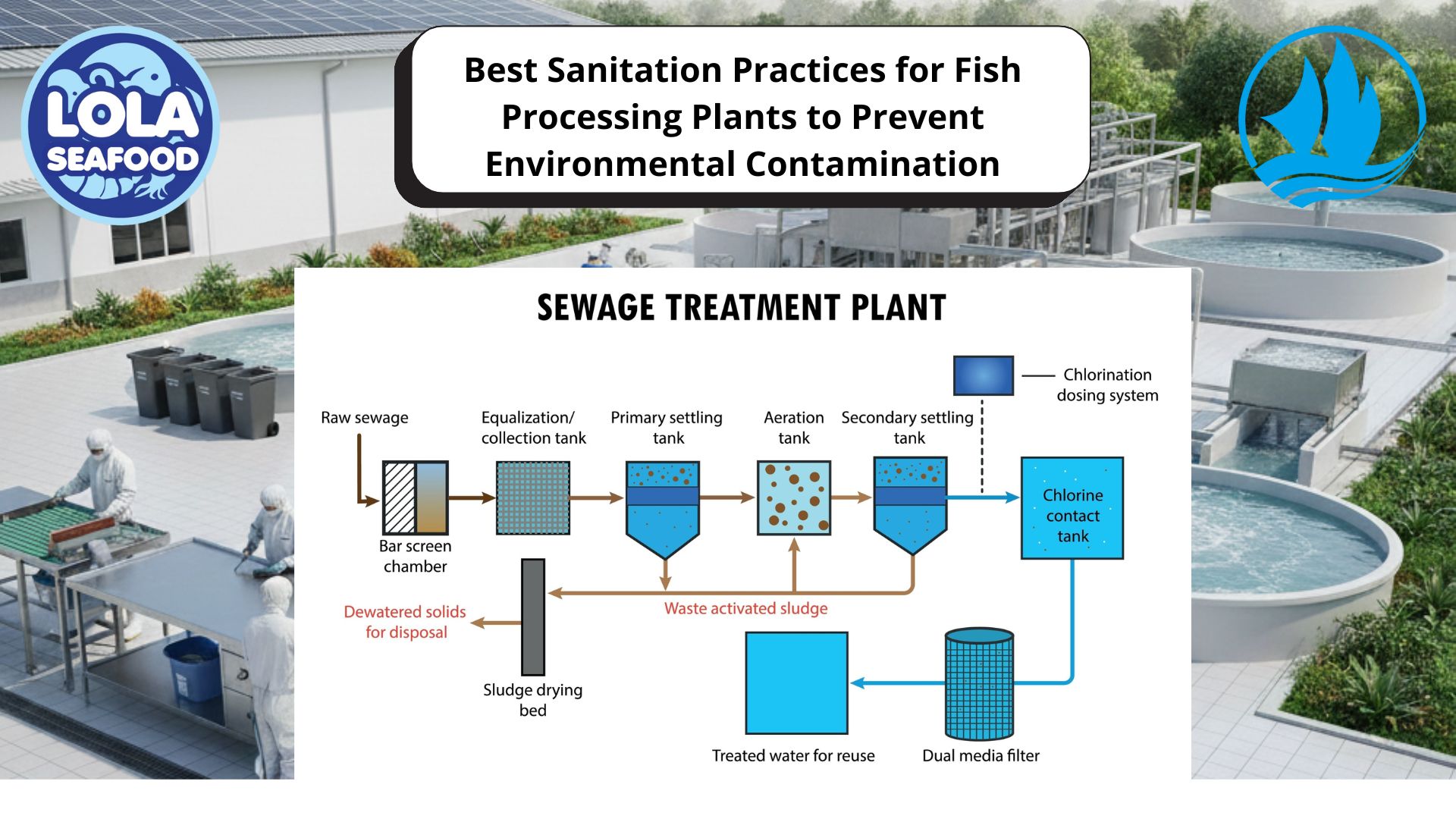Hepatitis A Contamination
By. Najih - 06 Sep 2024
Hepatitis A is a contagious virus that can cause liver disease. Hepatitis A is an inflammation of the liver caused by the hepatitis A virus (HAV). The virus is primarily spread when an uninfected (and unvaccinated) person ingests food or water that is contaminated with the faeces of an infected person. The disease is closely associated with unsafe water or food, inadequate sanitation, poor personal hygiene and oral-anal sex.
Unlike hepatitis B and C, hepatitis A does not cause chronic liver disease but it can cause debilitating symptoms and rarely fulminant hepatitis (acute liver failure), which is often fatal. Symptoms of hepatitis A infection include fatigue, nausea, vomiting, abdominal pain, jaundice, dark urine, and pale stool. In some instances, particularly in children under the age of six, hepatitis A infection may be asymptomatic. People with hepatitis A infections usually completely recover within one to two weeks; however, in rare cases hepatitis A may become chronic, causing relapsing infection. Chronic hepatitis A infection can leads to more severe health problems, including liver failure, and death.
Preventing Foodborne Illness at Home
Hepatitis A can have serious health consequences. The CDC advises the post-exposure prophylaxis (PEP) described above for unvaccinated persons who have consumed any products contaminated by the hepatitis A virus. To prevent hepatitis A contamination or transmission, consumers should always practice safe food handling and preparation measures by following the steps below:
- Wash hands with warm water and soap for at least 20 seconds before and after handling raw foods.
- Thoroughly wash hands after using the bathroom and changing diapers for protection against hepatitis A, as well as other foodborne diseases.
- Wash the inside walls and shelves of the refrigerator, cutting boards and countertops, and utensils that may have contacted contaminated foods; then sanitize them with a solution of one tablespoon of chlorine bleach to one gallon of hot water; dry with a clean cloth or paper towel that has not been previously used.
- Wash hands with warm water and soap following the cleaning and sanitation process.
- Consumers can also submit a voluntararily report, a complaint, or adverse event (illness or serious allergic reaction) related to a food product.

The Imperative of Proper Fish Processing: Safeguarding Against Contamination and Organoleptic Degradation





.jpg)

.jpg)